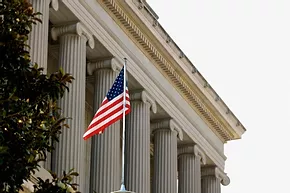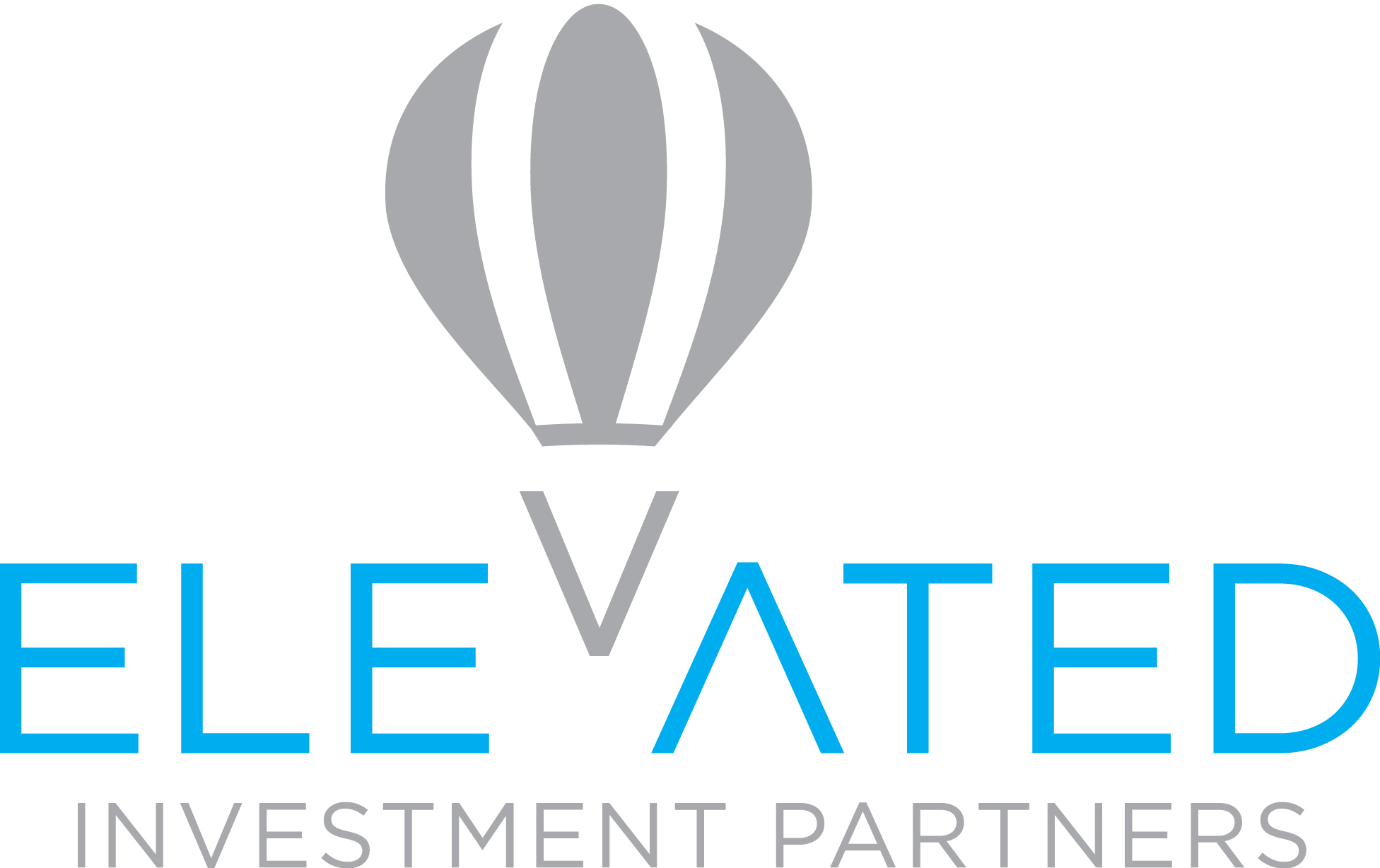Efforts to reform aspects of the U.S. retirement system have led to legislation, known as the Setting Every Community Up for Retirement Enhancement (SECURE) Act, which President Trump signed into law on December 20, 2019. The SECURE Act will impact employer-sponsored retirement plans by increasing retirement savings levels and improving plan administration.

Retirement Savings Incentives
Previous law required that most individuals begin to take annual required minimum distributions from their retirement accounts when they reached the age of 70½. The SECURE Act delays this requirement to age 72, allowing investors to save longer before having to take withdrawals. (Individuals that are still working beyond age 72 are still permitted to delay taking required minimum distributions from most employer sponsored retirement plans until after they retire.)
The SECURE Act also repeals the maximum age for traditional IRA contributions. Previously, this age limit was 70½ years old. Repealing the limit allows workers to save longer for retirement, even after withdrawals begin.
The SECURE Act allows employers to raise the cap on automatic deferral rate increases from 10% to 15% for employees who are auto enrolled in their plans. We would expect the increase in the cap to allow a greater number of employees to save significantly more over time and be better prepared when they retire.
Easing Small Employers’ Ability to Offer Plans
The SECURE Act provides several incentives for small employers to offer plans. Those with fewer than 100 employees are eligible for a 50% tax credit for retirement plan startup costs as high as $5,000, a significant increase from the previous cap of $500. In addition, small employers will receive a credit of up to $500 a year for up to three years for including automatic enrollment in their plans.
The Act also includes a provision that allows employers to join together in multiple-employer plans (MEPs). These arrangements allow small firms to enjoy economies of scale that could reduce administrative and compliance costs and burdens while increasing their negotiating power with providers.
Increasing the Availability of Annuities in Retirement Plans
The SECURE Act makes it easier for sponsors to offer annuities, as plans will now have a safe harbor from liability if annuity providers go out of business or stop making payments. The new law also allows lifetime income investments to be transferred among retirement plans when the option is no longer authorized by the original plan.
Other Provisions of Interest to Retirement Savers
Other important provisions in the SECURE Act include the effective elimination of “stretch” distributions from IRAs as well as employer-sponsored plans and changes to 529 college savings plans.
To make up for lost tax revenue, the Act requires most individuals who inherit an IRA or employer-sponsored plan to withdraw the money and pay any taxes due within ten years of the account owner’s death. Some types of beneficiaries, including surviving spouses, minor children, and certain others are still excluded from the new 10-year payout rule. Previously, most heirs could spend down, or “stretch,” inherited IRA accounts or employer-sponsored plans over their lifetime.
The legislation allows 529 plans to be used to pay for apprenticeship program expenses, and as much as $10,000 over a person’s lifetime can be used for student loan payments.
While no law is perfect, we do think this is a solid starting point to help people save more money and achieve greater retirement security. There is still a lot more work to do, but with everyone working together we can begin to move the needle in the right direction.
When Key Provisions of the SECURE Act go into Effect:

